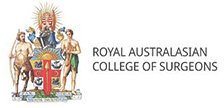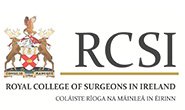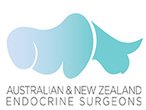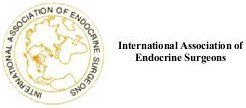Anatomy of The Breast
Women and men both have breasts, but women have more breast tissue than men. Each breast lies over a muscle of the chest called the pectoral muscle. It extends from just below the collarbone (clavicle), to the armpit (axilla) and across to the breastbone (sternum).
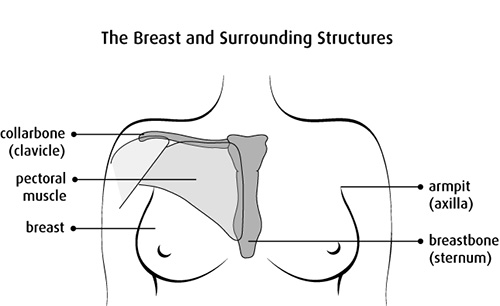
Structure
The breast is a mass of glandular, fatty and connective tissue. The breast is made up of:
- Lobules - glands that produce milk
- Ducts - tubes that carry milk from the lobules to the nipple
- Fatty and connective tissue - surrounds and protects the ducts and lobules and gives shape to the breast
- Areola - the pink or brown, circular area around the nipple that contains small sweat glands, which release (secrete) moisture as a lubricant during breast-feeding
- Nipple - the area at the centre of the areola where the milk comes out
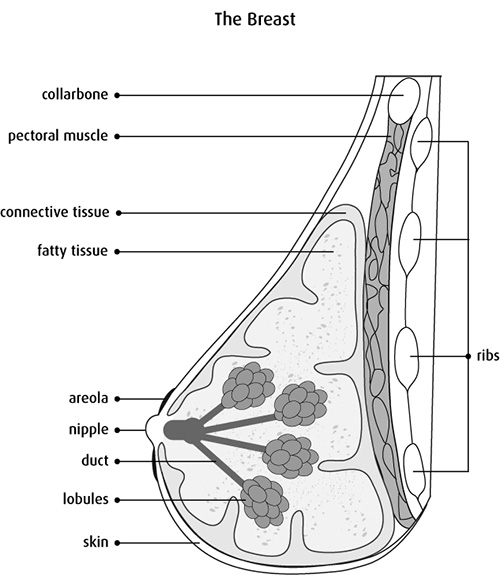
Ligaments support the breast. They run from the skin through the breast and attach to muscles on the chest.
There are several major nerves in the breast area, including nerves in the chest and arm. There are also sensory nerves in the skin of the chest and axilla.
The lymphatic system of the breast
The breast has many blood vessels and lymph vessels. Lymph vessels are thin tubes like blood vessels. They collect and move lymph
Lymph A clear, yellowish fluid that contains nutrients, lymphocytes (a type of white blood cell that fights germs, foreign substances or cancer cells) and antibodies. Lymph fluid circulates throughout the body in lymph vessels and bathes body tissues. Fluid away from the breast into small bean-shaped masses of lymphatic tissue, called lymph nodes
lymph nodes A small, bean-shaped mass of lymphatic tissue along lymph vessels (tubes through which lymph fluid travels in the body). Lymph nodes store lymphocytes (a type of white blood cell that fights germs, foreign substances or cancer cells) and filters bacteria and foreign substances (including cancer cell, in the area around the breast.
lymphatic system the group of tissues and organs that produce and store cells that fight infection and diseases., which helps fight infections.
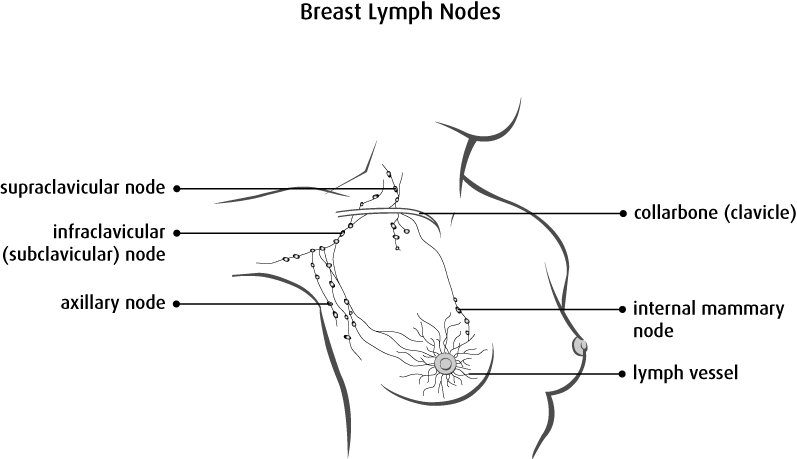
Axillary lymph nodes
The axillary lymph nodes are divided into 3 levels per how close they are to the pectoral muscle on the chest:
- level I (low axilla) - located in the lower or bottom part of the armpit, along the outside border of the pectoral muscle
- level II (mid axilla) - located in the middle part of the armpit, beneath the pectoral muscle
- level III (high axilla) - located below and near the centre of the collarbone, above the breast area and along the inside border of the pectoral muscle
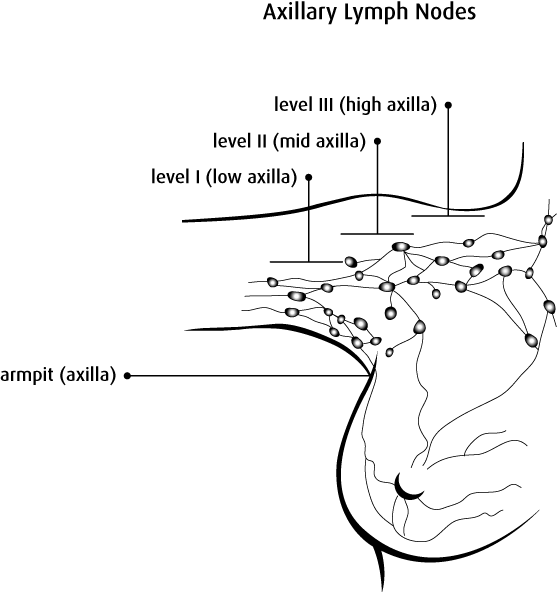
References:
- American Cancer Society. (2009, November 9). Breast Cancer. Atlanta, GA: American Cancer Society.
- Burstein, H.J., Harris, J.R., & Morrow, M. Cancer of the Breast: Section 2: Malignant Tumours of the Breast. Devita, V. T., Jr., Lawrence, T. S., & Rosenberg, S. A. (2008). Cancer: Principles & Practice of Oncology. (8th Edition). Philadelphia: Wolters Kluwer Health/Lippincott Williams & Wilkins. 43(2) pp. 1606-1654.
- Marieb, E. N. (2006). Essentials of Human Anatomy & Physiology. (8th Edition). San Francisco, CA: Pearson Benjamin Cummings.
- Martini, F. H., Timmons, M. J., & Tallitsch, R. B. (2009). Human Anatomy. (6th Edition). San Francisco: Pearson Benjamin Cummings.
- Canadian Cancer Society.
Breast Cancer
Cancer develops when the body’s cells behave in an uncontrolled way. Breast cancer develops in the ducts or lobules of the breast.
Sometimes cancer cells stay in the ducts and lobules of the breast. This is called non-invasive breast cancer. If the cancer cells spread into the surrounding tissue, this is called invasive breast cancer.
Types of Breast Cancer
- Ductal carcinoma in situ (DCIS) is a non-invasive breast cancer that is confined to the ducts of the breast.
- Early breast cancer is an invasive breast cancer (invasive ductal or lobular cancer) that is contained in the breast and may or may not have spread to lymph nodes in the breast or armpit.
- Paget’s disease of the nipple is a rare form of breast cancer that affects the nipple and the area around the nipple (the areola), and is commonly associated with an invasive cancer elsewhere in the breast.
- Inflammatory breast cancer is a rare form of invasive breast cancer that affects the lymphatic vessels in the skin of the breast, causing the breast to become red and inflamed.
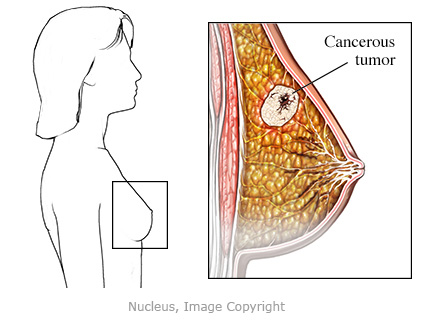
Causes
- Age
- Being a woman
- Family history of breast cancer or BRCA 1 / 2 gene mutation.
- Life style factors.
- Personal history of breast cancer (DCIS. IDC or ILC).
Symptoms
While a lot of breast signs and symptoms are not usually cause by breast cancer it’s very important that you seek your GP advice for any unusual changes in your breasts.
Diagnosis
A triple assessment if the gold standard in assessing any breast unusual condition. This a careful history and physical examination by your GP / Breast specialist, a bilateral mammography (if no mammogram had been done within last two years) and a bilateral breast U/S with/without biopsy.
Treatment
The treatment of breast cancer depends on several factors:
- the type of breast cancer
- the stage of breast cancer
- whether breast cancer cells are positive for receptors, such as hormone receptors or HER2
- whether the woman has had breast cancer before and if so, what treatments she received
- the woman’s age and general health
All breast cancers management plans are discussed within a group of cancer specialists called the Multidisciplinary team.
The treatment options are:
- Surgery: Breast Conserving Surgery (BCS), Mastectomy with / without breast reconstruction. This also include axillary surgery (sentinel lymph node biopsy and axillary clearance).
- Chemotherapy:
- Neo-Adjuvant chemotherapy: starts first before the surgery (in locally advanced cancers).
- Adjuvant chemotherapy: after the surgery.
- Hereceptin: in HER-2 receptors positive cancers.
- Radiotherapy.
- Hormonal therapy: in hormone receptors positive breast cancer.
- Clinical Trials: in certain types of breast cancers.

